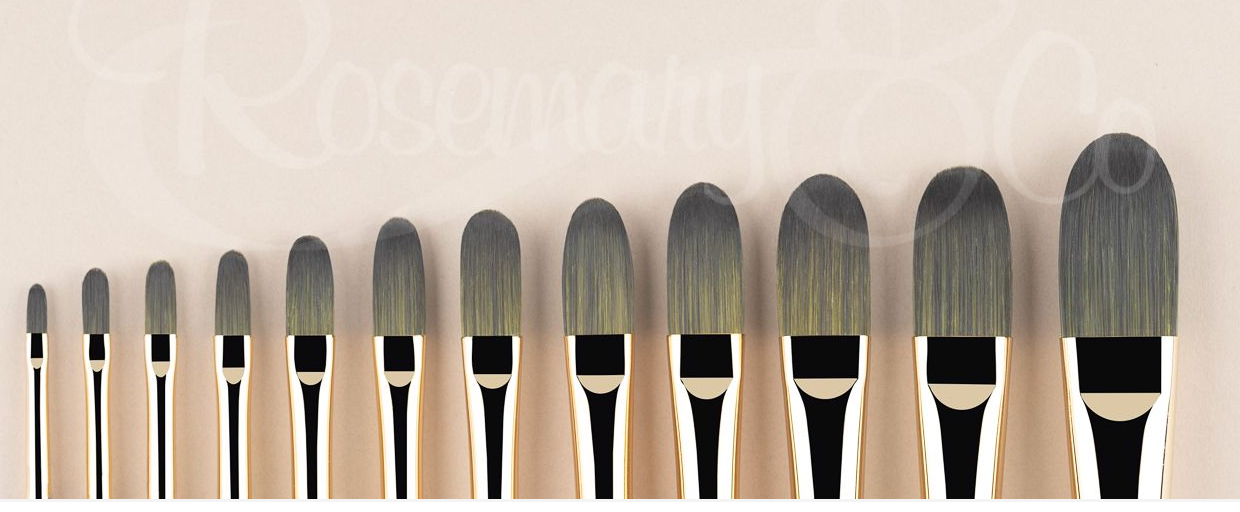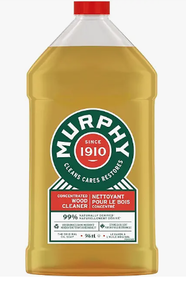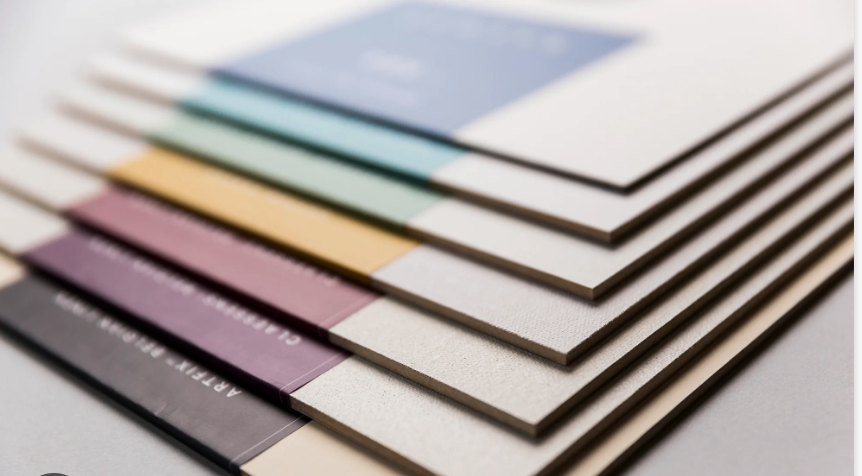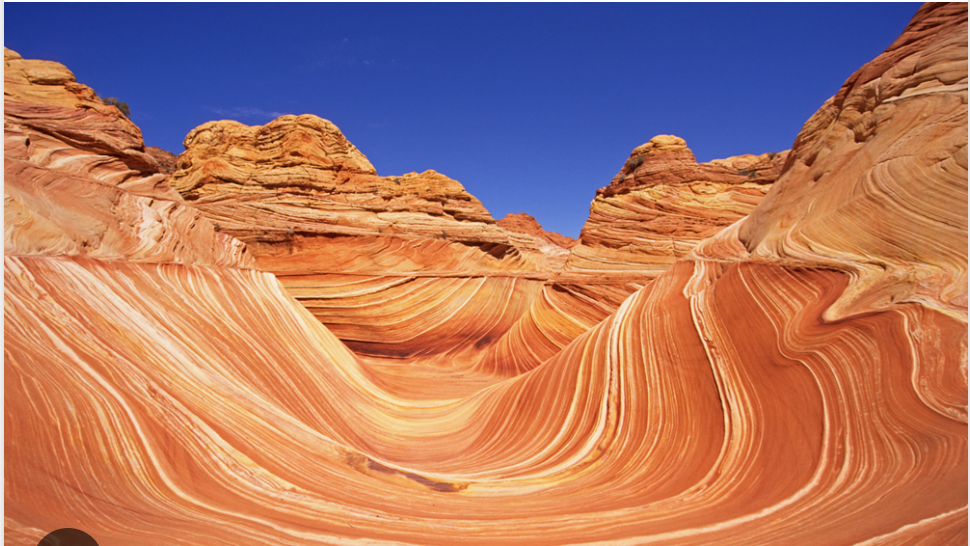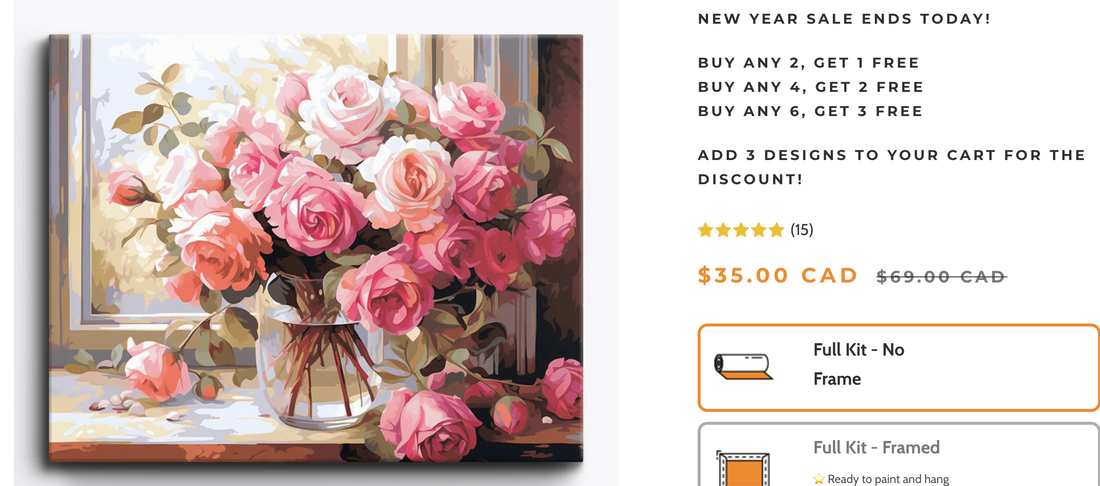Blog
|
The link above will take you to the Amazon.ca page for Julia's book. If you would like to order a copy for yourself.
(As an Amazon.ca Associate I earn from qualifying purchases.) The point of my journaling journey: It saved me from the trauma and distress that I have experienced and allowed me to create a new relationship with myself Why did I get started? It was 1993, February. I was entrenched in a 4 year Goldsmithing apprenticeship that I was finding very difficult. The work was challenging, yes, and the Master Goldsmith I was training under posed more challenges. I was at my wits end and not sure if I wanted to continue with the training. We had been fighting. The long hours and lack of appreciation for my dedication to his business was wearing thin. I wanted a break during my work day to go for a walk, or out to lunch etc. however, we were the only two at the store at the time. He was angry because he felt it was unsafe for him to be in the store on his own, just in case something happened. Jewellery stores are targets for thieves. I get it. And, the intensity of the environment was getting to me. I sat down in the front lounge within the store to get out of the workshop space. I started rifling through the Western Living Magazines and found an article on journaling. It sounded interesting. In that article Julia Cameron's book was recommended. I jumped right up and told him I had to run to the stationary store, so he would have to lock the door behind me. I'd be right back. One thing I'm really good at is taking action when I'm inspired. You may not know that about me, yet. At Reid's Stationers in Calgary I found Julia's book and bought my first journal. Nothing special, just a simple blank book. I couldn't wait to get home to start reading and journaling. I have not looked back since. I have been journaling for 31 years. My journals have documented all the highs and lows of my life. My divorce, the birth of my son, my single parenting days and meeting my best friend and now husband Rob. It has been an amazing place for me to go when I felt all alone and overwhelmed with the decisions I was making. How do you do it? Julia is an advocate of morning pages, three pages written without lifting your hand. It's quick, easy and gets the idea that writing is hard, or has to be perfect, completely out of the way. It doesn't matter what you write. You don't even need to write in complete sentences, no punctuation or spelling to worry about. Simply filling those three pages first thing in the morning with anything that comes to mind. I highly recommend Julia's book if you are new to journalling or even if you've been journaling for a bit now. There were days that my emotions ran so deep and wide that I spent hours pouring through my ideas, lamenting the things said to me, the hurtful connections etc. It was the only safe space to really vent all the angst that I had built up. Slowly I was able to come back to living my life without all those things occupying me. Journaling saved me, I'm sure of that. I developed a relationship with myself that is so authentic. I cherish getting to know myself this way. As a result of my love of journaling, I have many journals that I've purchased over the years, even creating my own journals in my company Thirsty Journals. Almost 3000 journals in total, all hand made, and sent all over the world. Hong Kong, Amsterdam, Rio de Janeiro, all over the US and Canada. Here are some images of the open spine version of the journals I used to make. I am no longer hand constructing journals, however, I have a line of journals that I'm developing with my art featured on the cover. So exciting. Here is the a sample of the first one. This painting is titled "You are Invited in." How appropriate. You are invited in to imagine all your hopes and dreams, your trauma, your distress. It's a really pretty place to further your relationship with yourself. These journals are available on my website. I'll leave the link below for you to take a closer look. They are $22.95 CDN plus taxes and shipping. First up, Rosemary and Co brushes. I was introduced to these brushes early in my fine art career and I wrongly had the idea that they were elite and out of my reach, simply because they were handmade brushes from the UK. I was so wrong. These brushes are reasonably priced, arrive quickly and the shipping is inconsequential, in my mind. Honestly, they have been a game changer to my art career. They are literally the only brushes that I use. These brushes last and last. They keep their shape and clean up really nicely. I'm a bit hard on brushes so they do start to flare after some time, nothing a little trim can't sort out. Love, love, love Rosemary and Co Brushes. If you would like to purchase Rosemary and Co Brushes I am an affiliate. It you use this code: CEART2024 and I will receive a little bonus from Rosemary. Here is their website. https://www.rosemaryandco.com/ Secondly, good paint. I have two brands that I'm using at the moment. I have chosen the artist grade version with both these brands and have been really pleased with the quality. There is a student grade paint available, which is slightly less expensive. I would rather purchase the professional grade feeling like the pigmentation is a bit more robust than the student grade versions. 3rd cleaning/thinning ingredients. Linseed is the carrier oil that the manufacturers use to suspend the paint pigments in. I use linseed oil to thin my paint, if needed, to clean my brushes and palette. If I have brushes that have gotten a bit stiff from incomplete cleaning then I soak them in Murphy's oil soap overnight. Then with a thorough wash and an extra clean with Ivory soap the brushes get a light steam over the kettle to restore the shape and away we go. One thing I'm very clear about.... I want to safeguard my health by not introducing anything harmful such as solvents, turpentine etc. Traditionally these substances have been used causing serious health issues. Without the harmful solvents there is still toxic elements in the paint itself. Zinc white, cobalt, and cadmium paints are the major culprits. I'm committed to not eating my paint, therefore reducing my risk. I'm being funny here. One thing many artists may not consider is putting their brush in their mouth while they contemplate their next move. A mentor of mine had two of her instructors die prematurely from exposing themselves to paint materials by putting their brushes in their mouth. So sad. If you visit my studio, your first reaction might be "Wow!, she must have tidied up before I arrived." Not so. I am a very tidy painter. If I get a dot of paint on me once a month, I'd be surprised. I'm very tidy. The only mishap has been when I knocked over my linseed container. Now that was a mess. I don't like mess. I don't like getting my hands dirty, well other than gardening. Juicy oranges that drip all over the place are not for me. Surfaces. 1) My first choice is stretched canvas over a wood frame. I really like the feel of the surface and with my little woodshop I can produce unique sizes and stretch my own canvas. 2) Cradled board. I have dabbled using this surface and have a big painting coming up using a cradled panel. I'm less familiar with this surface and looking forward to exploring how it feels under my brush. 3) Canvas covered board. I used these often in school because they were inexpensive and had the same surface feel as the stretched canvas. I rarely use these now, other than for small studies or practice pieces. 4) Raymar is one company that produces gorgeous boards with various thicknesses and surface treatments. I have only begun to explore raymar boards. I'll tell you how it goes once I get a better feel for them. Some people love them, particularly if you go outdoors to paint. They are much easier to transport than a full sized canvas. Palette I use a glass palette with a neutral piece of paper underneath. The paper helps to see the colours on the palette accurately. The wood table that my palette sits on would create a brown colour that would influence how I see the colours I'm mixing. I use an angled palette knife to gather and mix the pigments that I'm using. I love colour mixing. It is so fun to fiddle with the subtle differences in colour to create amazing effects on the canvas. I think that's about it for items I use in my studio. I hope you have enjoyed this window into my tools. It's lovely to have such a simple kit and one that is so versatile. This is my latest creation using the tools I've just introduced to you. What fun to create such beautiful paintings. This one is titled "Poppa's Peonies" 30 x 33" Oil on canvas and has been sold.
Let me know if you have any questions. You can message me at this link [email protected] Mary Bentz Gilkerson, a wonderful mentor and friend, first introduced me to Casey's work within her Art Work Living Group. Mary has since passed, which is a great loss to everyone who knew her. However, her spirit and work continue with fine artists like Casey. Primarily an plein aire oil painter, she jokingly said she dabbles in watercolour, then caught herself by saying "I teach this stuff" so maybe more than dabble. Casey teaches with local art leagues, demo's for art and veterans groups, private and multiple student lessons and within Yosemite National Park for the Yosemite Nature Conservancy Group. In Yosemite Casey is teaching largely watercolour classes and community access programs, which are free of charge, usually one day workshops. Happy Isles is the location within the Nature conservancy which is a lovely place to visit, even if you are not painting. Participants can either bring their own materials or purchase materials on site. They paint predominantly in watercolour. The way that she teaches is a watercolour with a line drawing overlay. Abstract watercolour with a more illustrative line drawing over top of it. "I can't even draw a stick figure." That's not an uncommon thing for 'baby' painters to say and in fact those folks don't often come to class unless they are coerced by a loved one. Casey encourages them to just go out and have some fun, experience nature. This year in Yosemite Casey is offering a three day workshop focused on a plein air retreat in partnership with the Yosemite conservancy. This is geared towards those who have some experience with plein air techniques and might be a bit of big bite for someone who hasn't painted plein air before. For more information you can click here to see the details. What do you see from the student who comes to learn from you that is valuable? I started this exploration because I wanted to learn to paint. It really is a rabbit hole. The more you get going the more you realize there is so much to explore. I show and compete as well as produce private and corporate commission. I am still learning. I was just awarded a scholarship from Scottsdale Fine Art School. American Plein Air Painters has brought in four amazing teachers to work with and a trip to Vermillion cliffs after the workshop. "I'm a big believer in lifelong learning. It keeps you sharp, staves off boredom. I love the minutiae of figuring out the details in things. With painting the discovering is endless." What pushed her into teaching is that in her pursuit of creating paintings that are more archival, she put on her university hat and started looking things up. She was reading, investigating with the desire to make something that will last. Through her education people started to ask her questions so she created a specific page on her website for gear and best practices. People began to see Casey as maybe not an expert, but more of an expert than they are. "I feel like, in my teaching, I am a door opener for her students. Sharing the knowledge that I have gained along the way. When they begin to perceive what is in front of them, because oil painting is a bit more complex a process, they either 1) run away, or 2) they get really dialed in. "How do you do that?" Let's spend the next 20 years of our life figuring that out." Then it's like finding your tribe, in a room full of people, who suddenly have discovered that there is a world of colour and light and a world of exploration ahead of you. You never stop discovering. I don't think there is ever a painter who has said, that's it, I've learned all I have to learn. What are you personally fascinated with? Oh gosh, for me, it's the sense of mastery that gives me great satisfaction. When I have a painting and I say "damn, I did that." With baby beginner artists Casey encourages them to learn two things. 1) to draw, if they want to work in realism at all. 2) be relaxed about what they are doing. It doesn't need to be terribly complicated. A lot of what Casey does is outdoors, on the fly, and you don't have the leisure of time often. Versus in the studio when you have all kinds of time. Paintings have stages. They start out with inspiration and the initial marks, and they gradually move into the 'messy middle' where things grind to a halt and feel a bit more complicated. When we push past that point there is such valuable learning. Plein air is done onsite, ala prima, in one sitting, or revisited a few days later versus taken back to the studio and completed. These pieces are relatively small 4x4 up to about 8x10. There is a thing now where people are doing large plein air pieces. That's not where Casey is at. Casey works with Raymar boards, Source Tech, or creates her own. She does not use stretched canvas much unless it's a bigger piece. A recent commission was created on a 30 x 60" Aluminum composite material from Raymar. It is a legacy piece because the substrate is so stable. "As long as I can see and hold a brush, I can't imagine myself not doing this. You feel compelled to continue creating. It's our purpose to answer this creative calling. It is a responsibility." "Again there is another reason that I work hard... I have a number of students say "you are the hardest working artist that I know." Why are doing so many things? Because I can. This is the hurrah for me, I hate to say the last hurrah, but this is a hurrah. I'm in my 60's and I want to put as much into this as I can." If you are just in the studio that can be a bit confining. Having community and other interests is important to keep the creativity fresh. You have to keep refilling the well, it doesn't just come through the ether. I think it snowballs, you get a bit known in certain areas, developing your voice as an artist, and you have to stay open to new experiences and continue to explore. The art that you/I create would not exist if we didn't create it. That's what Mary Bentz Gilkerson would always say, "be the best YOU that you can be" Honestly it's not always, go, go, go. However there is a certain amount of energy that is needed to keep the creativity going. Some days it's cleaning the studio because those spaces need attention to. Sometimes the creative act is cleaning the studio. Some really well known artists studios are a bit terrifying by how disorganized they are. "There are about 5 different mediums/interests that I have with all the gear that accompany each, all within my little studio space. I also have a brush addiction. "I love Rosemary brushes." I tell my students to buy Rosemary brushes because they are good quality, they are going to last forever, if they are taken care of. I can be hard on them and I do like having a nice new clean brush to work with. " Real art versus Ai Ai is on a screen, always digital. When you stand in front of a painting that moves you, it's a soul to soul connection. You don't get that from Ai. You simply cannot get that same connection from something created by a computer. Mark Maggiori takes his subject out on location and interacts with the real person, in the real landscape. Those connections translate into the images that are created. "That's why I'm so drawn to plein air because there is something visceral that happens when you are experiencing the thing in real life. We recently went to Spider woman rock and it was so incredibly windy that my glasses are sandblasted literally from the sand blowing around. " When I came home I had some paintings that weren't that great, but when I looked closer I found that there was actually sand stuck to the painting. What I did get was the experience of being in Canyon de Chelly, looking down at Spider Woman Rock, the smell and definately the feel. All that went into the paintings that I did. One sold immediately. The collector who bought it worked for the Indian Services in the area and he remembers looking over the edge at Spider Woman Rock. It was the same day they found out they were expecting their first child. The collector said he wanted to buy the painting to give to his daughter who just bought her first house. Very cool. There are times when I have a collection of works that I'm not happy with it, and I will, once a year or so, have a burn. Literally burn the pieces I'm not happy with. I know some people are offended by that. Rather than sell seconds, or something that I'm not happy with, I would rather get rid of them. Painting is definitely a rabbit hole. There are so many direction you can go, if you want to explore. You can stick to one medium or master several different mediums. How will you know if you reach Mastery? Yo Yo Ma, if I remember correctly, one of the premier cellist in the world, still practices several hours each day. An interviewer asked him why are still practice as much as you are and his response "I'm seeing some improvement" How do you know when you get to mastery, "I don't think it's over till it's over. I don't think you ever really know." Why do you paint? To facilitate a connection with the wild places in our world and the creatures that call it home. Here is Casey's website if you'd like to take a closer look https://www.caseycheuvront.com/ A couple of times now, I have had people comment on social media that my work is just like paint by number. While at the outset, this may be the only point of reference from people's art appreciation, and I would like to highlight the differences. My work is far from a paint by number. What is a paint by number? As you can see this lovely kit gives you everything you need to complete the painting that you purchased. You simply grab the numbered paint pot and paint the colour in the spot with that number. And voila you have a painting. Oh and if you want more detail you can order the kit with an expanded colour palette. In addition, these paint by number kits, I'm guessing, have been sold 100 times, 1000 times, with varying degrees of completion. $35 Cdn plus shipping and handling and you have the tools to create a painting. You actually have the materials to follow along someone else's ideas about composition, colour, paint choice and brush selection. How is my work different? It's not possible to look at my work, without looking at me as well.
My process is mindful and immersive. From the source photos, many are not useable for finished art because perhaps the lighting is not that great. Lighting is a big deal. Or there is too much extraneous information that doesn't add to the proposed art piece. I often take several photos of the same bloom from many different angles. I assess each photo for their qualities and start to do detailed compositional studies to see how the foliage, lighting, shape of the bloom etc. can enhance the image with the hopes of drawing the viewer in. I don't manipulate the image beyond cropping to satisfy my desire. I don't see it necessary to add a bloom where there wasn't one. I may choose not to paint the rust coloured dead leaf though. Once the detailed compositional studies are done, I can decide on the canvas size that would be appropriate for the dimensions of the cropped image. It's important to keep the width and height in the same ratio as the source photo. This may result in me building or ordering a custom canvas. Once the canvas has been decided on, I use safe practices, for archival purposes, to prepare the canvas to receive paint. Oil paint is slightly acidic which will lead to a deterioration of the cotton canvas over time if the surface is not prepared correctly. Once the canvas is sealed I transfer the image to the canvas. This is where someone seeing my work may see paint by number. From this basic line drawing, I start meticulously mixing colours from my palette of 11 different oil paints and begin placing them where they need to go on the painting. This is not a once and done process. The paint I mix on my palette is a guess at what colour I need for the particular shape. Once the paint is on the canvas I can re-assess how it's working. I have an easy approach to painting. If the image is not coming together as you'd hoped it's either the colour you've used or where you have placed it. If the painting isn't working quite like I imaged I can change the colour or change where I place that colour. I'm going for realism. I want you to feel/smell the flower that I'm painting. This is what my colour work looks like. The colours on the boards on the left image are my detailed colour mixing study that I now use for reference. All these charts are created from the same 11 tubes of commercially available oil paint. The palette on the right is my mixing process. Adjusting the colours one way or another to achieve the exact effect on the canvas that I'm aiming for. It's a slow, meticulous process. The painting process, depending on the size of the canvas, takes anywhere from 10 to 100+ hours to complete. Oil paint takes time to cure. As a result I am not always able to adjust/overpaint areas that are still wet.
Once the piece is complete it cures for a considerable length of time before I varnish it and then it's ready to sell/ship to a customer. It's my hope that this short blog about my process will help you see and appreciate all that goes into my original artwork. Here are a few of the pieces that I have completed. I'm proud of myself. My dedication to my craft and the incredibly beautiful paintings that I'm able to create. They amaze me, truly. They are far from a paint by number kit. When Bruce and Silvia arrived to the coffee gathering, they wheeled up on their tandem bicycle. Bruce is a cycling advocate and environmentally conscious guy. Silvia is a delight, sharing this wonderful ride with Bruce. Right away upon meeting Bruce his sensitive to the environment became apparent. When I recently visited his studio I was able to see this gorgeous piece in person. It's a prime example of how he applies his values to his work. Humanity, functions as a superorganism within the limits of our planetary environment and there is reason to be concerned about consumption of the resources available. The contours, edges and texture of cararra are timelessly organic and invite touch and connection. Cararra Marble, Sodalite, Bronze. 18″ h x 17″ d x 11″ w. When I asked Bruce "Why stone, why not wood or some other material?" He told me how attracted he is to the permanence of the stone. There is something precious and timeless when you create in stone. Each type of stone brings different qualities and colour to the designing process. In his work he also combines wonderful textures, cast bronze, and multiple materials. You have probably heard the description of how Michelangelo sculpted by removing all the unnecessary marble in order to reveal the piece within. This has the feel of 'wingin it' from the start. Bruce prefers to have plan when he creates. Again I think this comes down to honouring the stone, valuing the resource and wanted to make the best use of it. As our conversation continued, he told me about a commission appointment with a client. Their desire was for an inukshuk. He suggested that he pop by her place to have a look where the sculpture would site and get a feel for her home. When he arrived he was greeted by two rambunctious hound dogs. Clearly loves of her life. Bruce gently suggested that perhaps rather than an inukshuk a sculpture of her two dogs for the front yard would be more fitting. Her eyes lit up with excitement. I love this interaction between client and artist. From this stage Bruce created a maquette of what he had in mind. A maquette is a small sculpture created in a clay like material called Monster Clay. From this maquette the client is then able to see the three dimensional idea of what Bruce has in mind. Once an artist becomes proficient, which Bruce clearly is, commissions become a wonderful opportunity to explore ideas and create something specifically catering to a clients needs. After speaking to Bruce for even a short period of time it becomes clear that there are some real limitations for sculptors simply because the weight, dimensions and expense to display the pieces within conventional shows. From the plinth to support the piece, the floor space it takes up, and the weight to ship and install - there certainly are challenges. However, Bruce is so keen to support the development of sculpture opportunities. He is the first juried Signature Member of the Federation of Canadian Artists. Which is the largest non-profit arts organization in Canada and has been around for 85+ years. Founded by the group of seven, namely Lawren Harris on the West Coast and supported by Emily Carr. It was important for Bruce to be juried into the Federation as peer review is a wonderful testing ground for artists talent. As the Federation re-opens their shows to sculpture after a 50 year hiatus, Bruce is directly involved assist the transition wherever needed. It also struck me that Bruce has a collaborative mindset. I think too often artists can feel secretive about their work feeling like competition is something is a threat. Bruce has a different opinion. By collaborating together we can accomplish so much more than we can alone. I completely agree. Belonging to many arts organizations gives him the perfect opportunity to support and grow awareness around sculpture.
I hope you have enjoyed this introduction to a local South Surrey/White Rock artist creating incredible sculptures in stone, wood and multiple materials. You can see more of his work by clicking on the link below. |
Loading... Archives
June 2024
|
|
Join my VIP email list. First access to new work. Relevant content only, spam free. ↓ |







